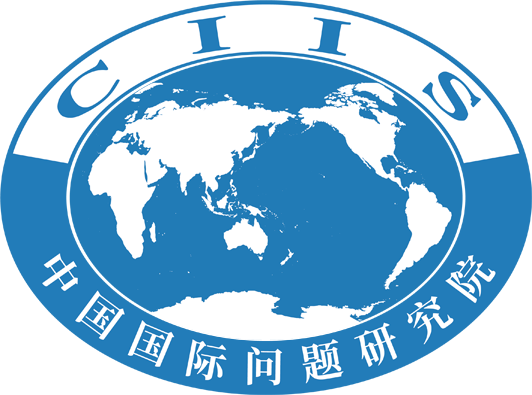Japan's ruling Liberal Democratic Party and its junior coalition partner Komeito have recently restarted working group discussions on relaxing export rules for defense equipment. They are expected to submit a revised plan to the Three Principles on Transfer of Defense Equipment and Technology to the Kishida government before the end of the year to allow the export of defense equipment to countries with close security relations. Against the backdrop of Japan's aggressive push to strengthen its military and expand its armed forces, the further relaxation of arms export principles will constitute Japan's latest step in breaking through post-war military restricted zones and becoming a military power.
After World War II, Japan proposed the Three Principles on Arms Exports in 1967 out of reflection on the war and the needs of the Cold War. After the Cold War, Japan accelerated its promotion of a "normal country" and a "political power" strategy, increased the overseas activities of its Self-Defense Forces, and increased the trend of relaxing the three principles. After the Shinzo Abe government issued its first National Security Strategy of Japan in 2013, it adopted the Three Principles on Transfer of Defense Equipment and Technology in the form of a cabinet resolution in 2014, and adjusted and relaxed the Japanese Arms Export Ban. In recent years, Japan has exported surface-to-air missile components to the US, jointly developed air-to-air missiles for fighter jets with the UK, provided maritime patrol ships to Vietnam,the Philippines and other countries, and provided military helmets and bulletproof vests to Ukraine. Japan continues to create precedents for exporting military equipment after World War II.
The Kishida government issued the Three Security Documents at the end of last year, proposing a series of military expansion plans to develop active attack capabilities and double defense expenditures. This marks a major shift in Japan's defense and security policy after World War II from defensive to offensive. However, in the context of Japan's right-wing politics and the rising domestic populist trend, the development prospects of Japan reflected by this move and the possible spillover effects cannot be underestimated.
On the one hand, this move heralds a dangerous change in Japan's national development direction. The Three Principles on Arms Exports and the Three Non-Nuclear Principles together constitute a symbol of Japan's pursuit of the principle of exclusively defense-oriented under the pacifist Constitution after World War II and its insistence on the path of peaceful development. However, after the Three Principles on Transfer of Defense Equipment and Technology are relaxed, Japan will accelerate the development of offensive military capabilities, and the threshold for taking military actions abroad will also be lowered. The pacifist Constitution will be further ignored, and the principle of exclusively defense-oriented will exist in name only. Given that Japan's right-leaning conservative forces fully dominate the political arena and the populist trend of showcasing external strength dominates the mainstream, once it loses the constraints of domestic laws and public opinion, Japan's progress in becoming a military power may be accelerated by relying on its impressive military technology accumulation and manufacturing foundation.
On the other hand, this move will intensify regional divisions and confrontations and increase the risk of geopolitical conflicts. In the past, the Japanese government claimed that international weapons and equipment cooperation was for the purpose of "peaceful contribution" such as international emergency assistance, humanitarian support, counter-terrorism, and anti-piracy. However, the Kishida government has recently negotiated Reciprocal Access Agreement with paramilitary alliances including the UK, Australia, and the Philippines, introduced the Official Security Assistance (OSA), and provided a series of coast guard vessels and radar systems to the Philippines, Vietnam and other countries under the banner of maintaining "maritime passage security". Such moves indicated that Japan's international weapons and equipment cooperation has focused on hot spots of geopolitical conflict in the “Indo-Pacific” such as the South China Sea. Japan's "going global" military strategy is undergoing a qualitative change, and it is trying to build an alliance-like relationship network through international military cooperation and focusing on strengthening its "deterrence" capabilities against China.
As arms export conditions continue to be relaxed in the future, Japan may also discuss the export of missiles, destroyers and patrol aircraft with relevant countries in the region to help relevant countries confront China on issues such as the South China Sea. Japan's approach is extremely provocative and will seriously shake the stability and cooperation in East Asia and cause endless harm. Japan's leaders need to recognize that a region that is slipping into instability and division will make it difficult for Japan to realize its "major power dream" and will further exacerbate its security and development dilemmas.
(Xiang Haoyu,distinguished researcher at the Department for Asia-Pacific Studies of the China Institute of International Studies. Source:China Military Online)
Editor's note: Originally published on huanqiu.com, this article is translated from Chinese into English and edited by the China Military Online. The information and opinions in this article do not necessarily reflect the views of eng.chinamil.com.cn.



